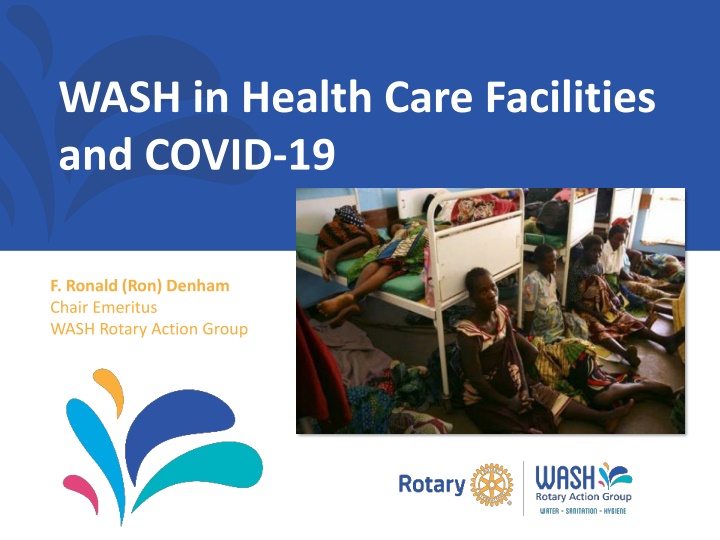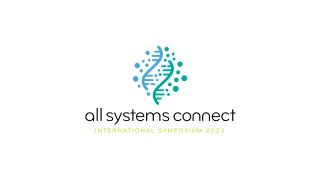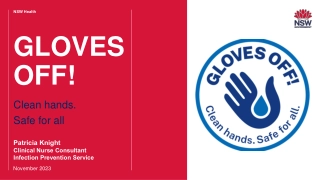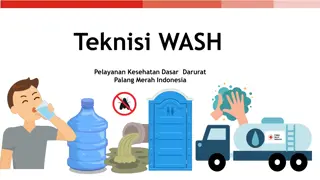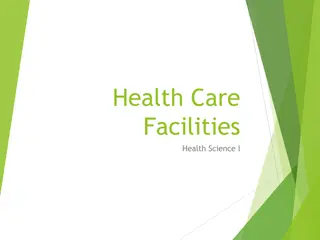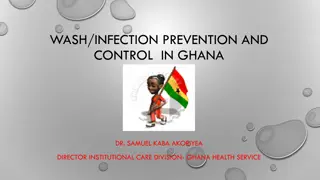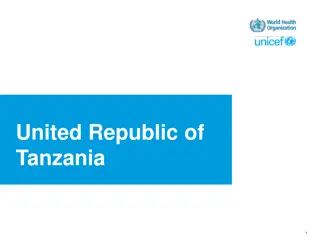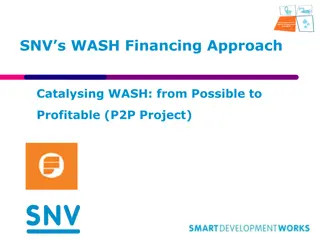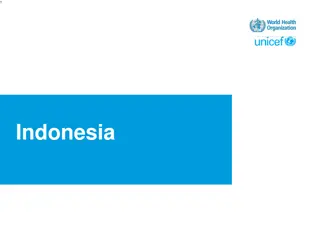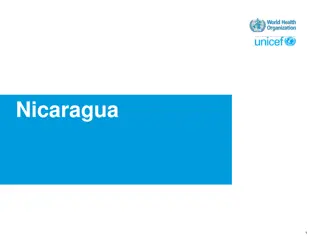Improving WASH Facilities in Healthcare Settings
Insufficient access to water, sanitation, and hygiene (WASH) services in healthcare facilities poses a critical challenge, particularly in lower- and middle-income countries. The lack of basic services increases the risk of infections, impacting patients, staff, and the community at large. The COVID-19 pandemic has further underscored the urgent need to ensure adequate WASH facilities in healthcare settings. A coordinated global effort is required to address these deficiencies and meet the World Health Assembly's call for improved WASH standards in all healthcare facilities by 2030.
Download Presentation

Please find below an Image/Link to download the presentation.
The content on the website is provided AS IS for your information and personal use only. It may not be sold, licensed, or shared on other websites without obtaining consent from the author.If you encounter any issues during the download, it is possible that the publisher has removed the file from their server.
You are allowed to download the files provided on this website for personal or commercial use, subject to the condition that they are used lawfully. All files are the property of their respective owners.
The content on the website is provided AS IS for your information and personal use only. It may not be sold, licensed, or shared on other websites without obtaining consent from the author.
E N D
Presentation Transcript
WASH in Health Care Facilities and COVID-19 F. Ronald (Ron) Denham Chair Emeritus WASH Rotary Action Group
The Current Situation is Critical In many lower- and middle-income countries: 45% of health care facilities (HCFs) lack basic water service 60% lack basic sanitation service 43% have no handwashing facilities with soap 39% lack adequate infectious waste disposal facilities Only 2% of facilities provide all these services!!! Source: WHO, UNICEF, Global Baseline Report 2019
Billions of People are Affected 900 million people have NO water service at HCFs 1.5 billion people have no sanitation at their HCFs Fewer than 25% of HCFs have WASH in delivery room No dedicated toilets for women, no space for MHM Toilets are filthy, with foul smell, virtually unusable 40% of HCFs have no hand hygiene at points of care
With Disastrous Consequences for the Community Patients and staff at risk for infections Poor hygiene causing water- and hand-borne infections 20% infant mortality due to unclean water 1,200 children under age 5 die each day from poor sanitation 300,000 maternal deaths per year, due to unclean facilities
The COVID-19 Action Plan In May 2020, the World Health Assembly called for: All member states to support access to safe water, sanitation and hygiene, giving attention to the promotion of personal hygienic measures in all settings particularly in health facilities.
And by 2030, every HCF to: Have safe drinking water for staff, caregivers, patients Provide safe sanitation for all Encourage and facilitate frequent hand hygiene Implement regular cleaning and disinfecting Manage excreta, feces and urine safely Safely manage health care waste This is an opportunity for Rotarians everywhere
Plus, better management and organization: Adequate funding for operation and maintenance Effective cost-recovery system Trained leadership and management at all levels Better technical and administrative support Educate and motivate towards WASH goals Effective monitoring and feedback
Rotarians are helping communities achieve results: Building easy-to-maintain toilets and latrines Installing handwashing stands Funding water systems, filtration, storage tanks, cisterns etc. Installing additional water storage tanks Developing cleaning protocols Funding MHM programs and materials Restoring water services to clinics
Many clubs are already achieving results:
Many clubs are already achieving results:
Many clubs are already achieving results: u
What we can do about it a program for Rotary clubs in the time of COVID-19:we can do about it about it - - a program for Rotary cl a program for Rotary cl Engage the local health care community Assess the situation, analyze results, identify gaps we can do Understand potential solutions/programs Agree on priorities, set targets, prepare a plan and budget Seek partners: Rotary clubs, donors, foundations, corporations, WASH Rotary Action Group Motivate the HCF community to change
Rotarians, Rotaractors and Rotary Community Corps are qualified to take the lead: we can do about it about it - - a program for Rotary cl a program for Rotary cl We have credibility because of Polio eradication we can do Rotarians are the community they have a vested interest They understand local values and culture They have contacts, relationships in the community They can organize and have the skills to lead change They have the global reach; get support from anywhere They collaborate with others, form effective teams
WASH Rotary Action Group can help you: Mentor and train Rotarians to use assessment tools Provide expertise and resources to plan the project/program Identify international partner clubs and sources of funding Prepare applications for global grants Assist in designing the monitoring and evaluation systems Advocate for change at all political levels Provide protocols for cleaning, operating facilities
Wisdom is knowing the right thing to do. Integrity is doing it. JOIN the WASH Rotary Action Group and MAKE A DIFFERENCE
